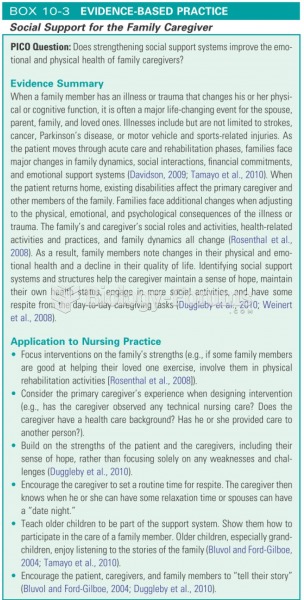Answer to Question 1
Ans: A, B, C, D
Feedback:
Industrialization was replacing familiar agricultural society, and cities with large populations were breeding grounds for poverty, poor hygiene, and disease. The insane were housed like animals and were mistreated and poorly cared for and lacked proper hygiene, sanitation, and nutrition. There was no inside plumbing or bathrooms, so people would throw sewage into the gutter of the street from chamber pots. When people went to a crowded inn, multiple strangers slept sideways in a bed, which increased the spread of infectious diseases and lice. The close cramped living quarters in the cities and crowded work environment in factories increased the spread of infectious diseases. Factories paid low wages, requiring all members of the family to work just to be able to live in overcrowded housing and to purchase food and clothing. Farmers' markets are examples of health-promoting activities of the industrialization era.
Answer to Question 2
Ans: A
Feedback:
The deaconesses were daughters and widows of Roman officials, and their movement diminished when the Catholic Church took over health care during the early middle ages, called the Dark Ages. It was called the Dark Ages because intellectual growth ceased because of the war taking all of the people's energy and efforts leaving no time to learn or be creative. The Catholic monks and nuns went into their walled monasteries because war had broken out across the land. The nuns and monks took care of the ill and injured in the monasteries with the approach of personal care and comfort because they were not trained with scientific principles that the Greeks promoted with the Hippocrates movement. The Roman Empire did fall, but the barbarians offered no approach to caring for the sick or promoting health. The Catholic Church was not the authority on health care over other groups, but simply filled a void in a war-laden land.







